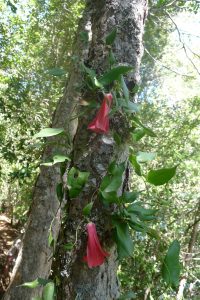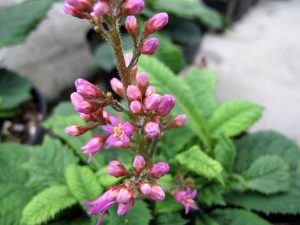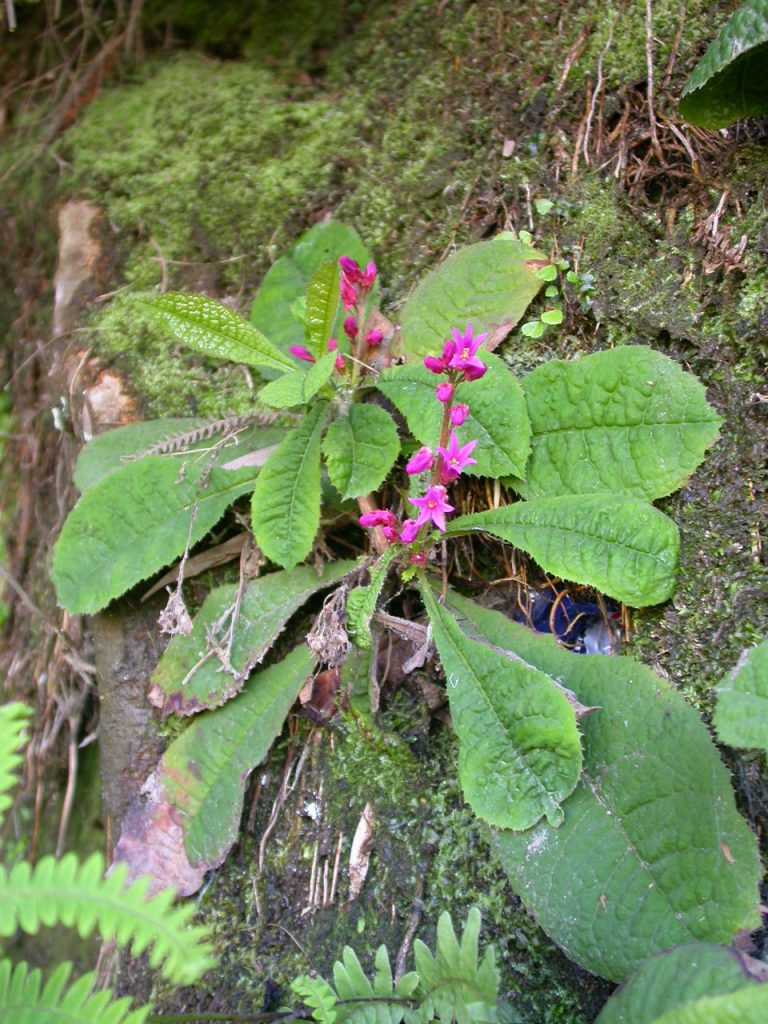Valdivia gayana is a diminutive woody perennial from Chile that could be mistaken for a dandelion when not in flower. In fact, the local Chilean name ‘Planta de León’ may suggest that others have thought the same. It is nothing like the common dandelion – not even close. Unlike the dandelion which grows all over the temperate world, this threatened plant only occurs in a small area of the temperate rainforests of southern Chile. It grows with ferns, myrtles and the national flower of Chile, Lapageria rosea. It grows in rocky, shady and damp places and the first time Martin Gardner, RBGE expert on Chilean plants, saw Valdivia gayana it was growing out of the crevices in the rocky walls of a cave, fed by drips from the roof. Seeds collected in March 2012 were sown at RBGE by Andrew Ensoll, Senior Horticulturist. In June 2013, after nine months of careful cultivation, the first flower buds were seen rising on hairy stalks from the crowns of the low growing plants. In late September they finally opened up to reveal the brightest pink petals and yellow pollen within.

The national flower of Chile, Lapegeria rosea, is a characteristic plant of the temperate rainforest where Valdivia grows
Many flowering plants grow in damp and dark conditions – but do you know of any other flowering plants which live happily in caves? There are always exceptions in the plant world, but surely not many? The other surprising fact about this plant is that it is in the family Escalloniaceae. This means it is related to the large woody Escallonias we generally think of as being tough-as-old-boots and frequently seen as hedging and mass plantings in gardens, parks, roundabouts and car parks. The flowers certainly show a resemblance to the family, but the form of the plant is completely different. Chilean researchers are conducting studies on the few surviving natural populations of these plants to find out more about where and how it grows. As far as we know no one else is cultivating this plant anywhere in the world, even in Chile – we would like to know if they are.
It is species such as Valdivia gayana which remind us that we still have a lot to learn about the world of plants and that by working with researchers in other countries, collecting seed, cultivating them and sharing the information can really help us to discover fascinating information about their biology, distribution and growing requirements. All of which will hopefully lead to practical long-term conservation.



1 Comment
1 Pingback